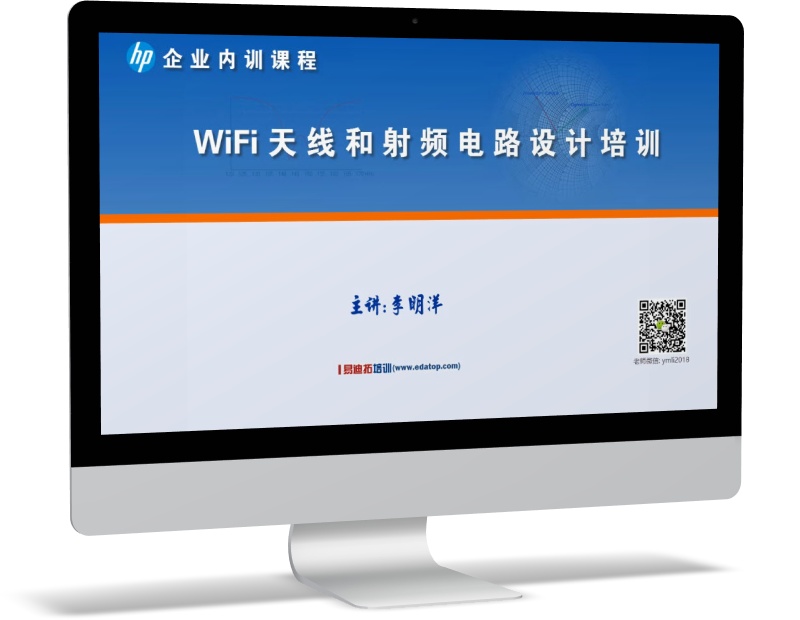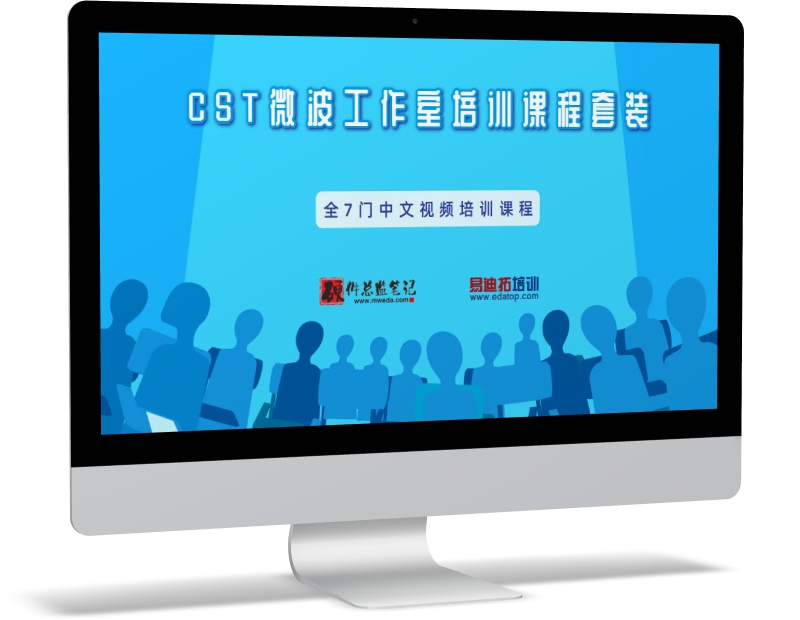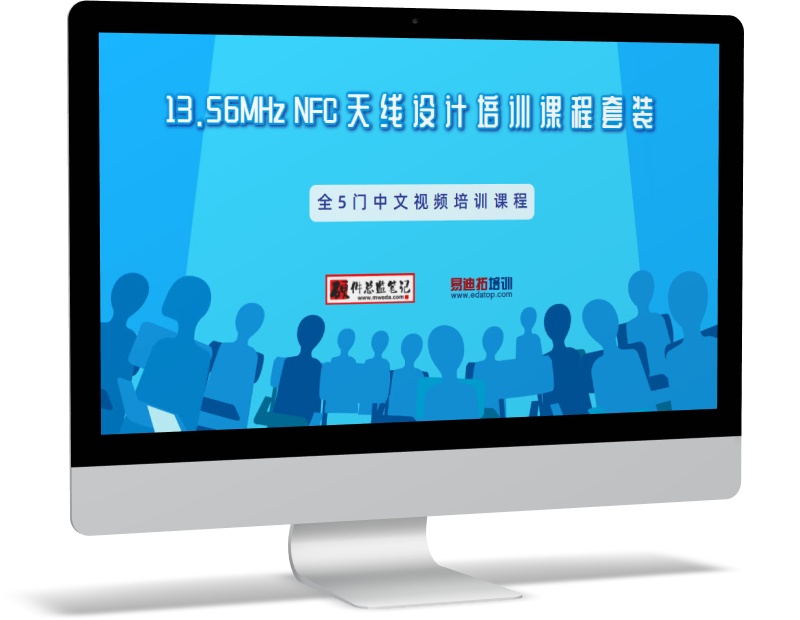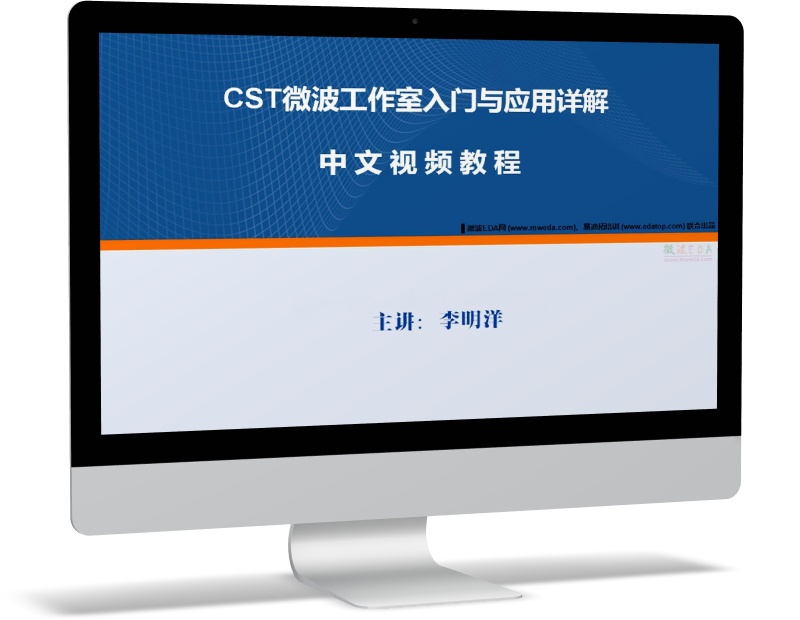CST MWS和DS聯合仿真Task中Transient和S-parameters的區別?
看起來兩個都可以算S參數,CST里面的范例兩個都是有用的,那么請問要在微帶里加上三極管偏執電路應該用哪個TASK?
CST DS幫助文件《Simulation Task Overview》:
S-Parameter Simulation Task
This type of task defines an S-parameter simulation. S-Parameter describe the electrical small signal behavior of a device in the frequency domain. They are calculated for your model with respect to external ports. Consequently, your design must contain at least one of them. After the successful execution of a task, the results can be accessed below the associated task item inside the navigation tree. This applies to all types of simulation tasks.
Transient Simulation Task
CST DESIGN STUDIO™ is also able to perform simulations in the time domain. In contrast to AC/S-Parameter tasks a transient simulation properly considers all existing nonlinearities of the circuit. Since simulated and measured blocks as well as most of the standard blocks available are described by frequency domain data, equivalent time domain descriptions are automatically created for them during the execution of transient simulation task.
Sources for this type of task are defined via external ports. These can either be voltage, current, or so-called signal sources. The last ones emulate a (waveguide or discrete) port excitation of CST MICROWAVE STUDIO® in order to make possible easy comparisons between results of CST DESIGN STUDIO™ and CST MICROWAVE STUDIO®.
There are several signal types available in CST DESIGN STUDIO™, among them common ones like sine and pulse, and even bit sequences. For the latter ones, eye-diagrams are generated during the simulation.
In addition to the AC simulation task, the transient task is also able to provide the Combine results feature (see below). Note that the excitations defined by the sources contained in your model will be considered there.
所以只要能得到你想要的參數,用哪個都可以。
兩個不一樣,我后來思考了一下:瞬態求解器是特定信號的S參數,S參數求解器是真正的S參數,
如果這個指定信號是高斯信號,兩個還有區別嗎?
小編留言:
有區別,而且不小





